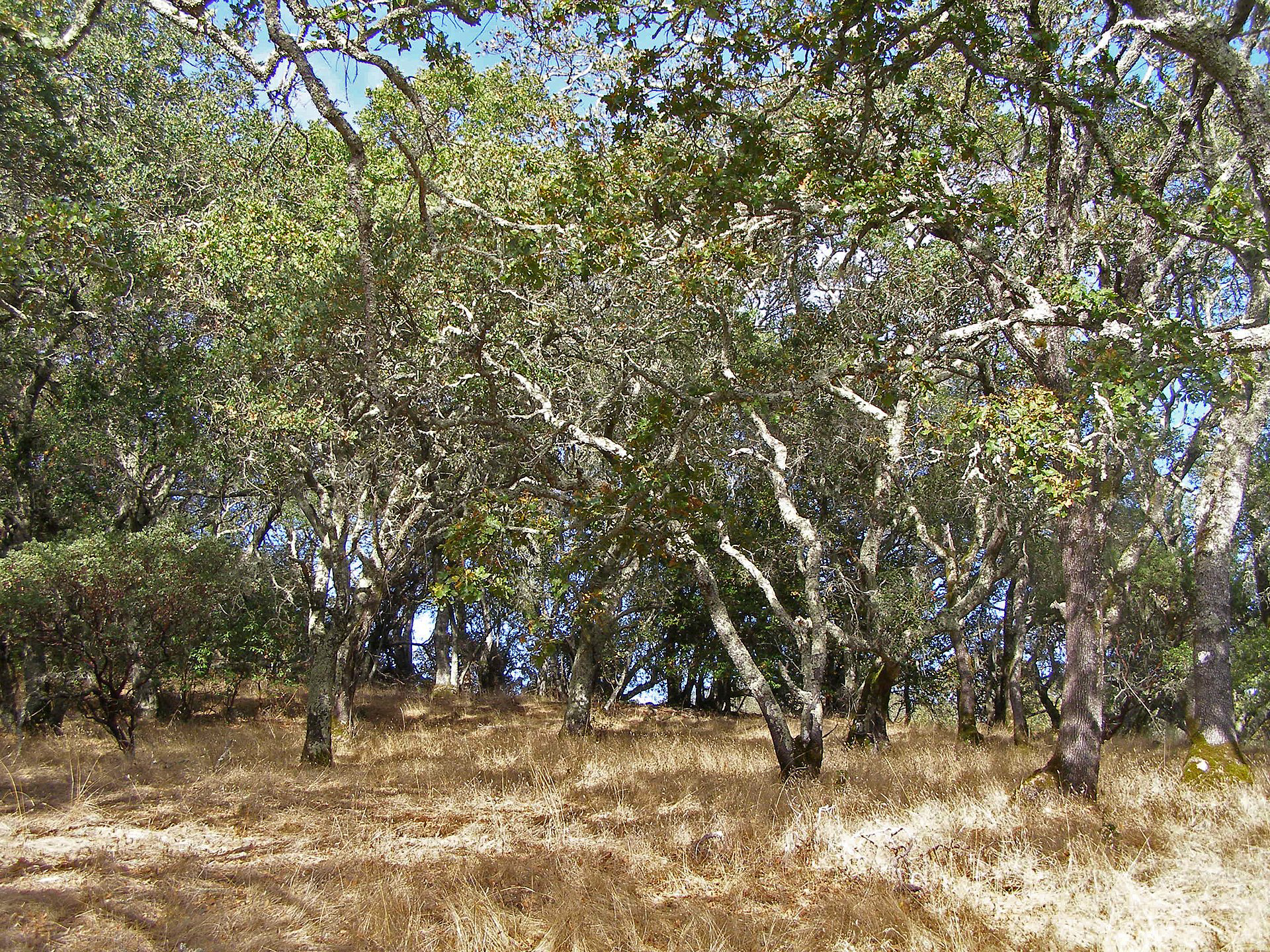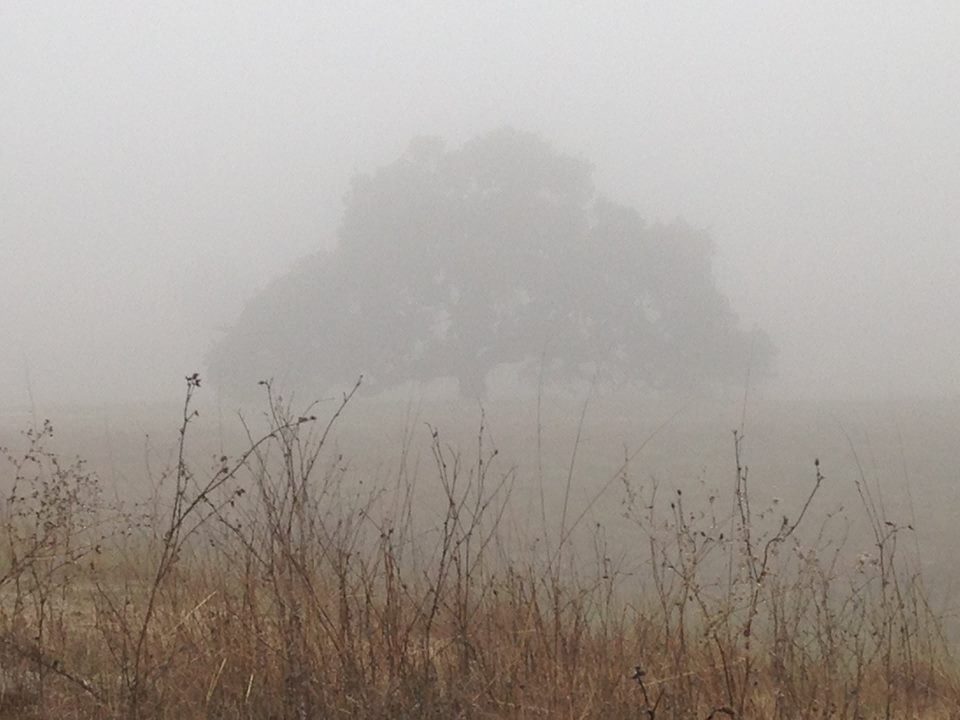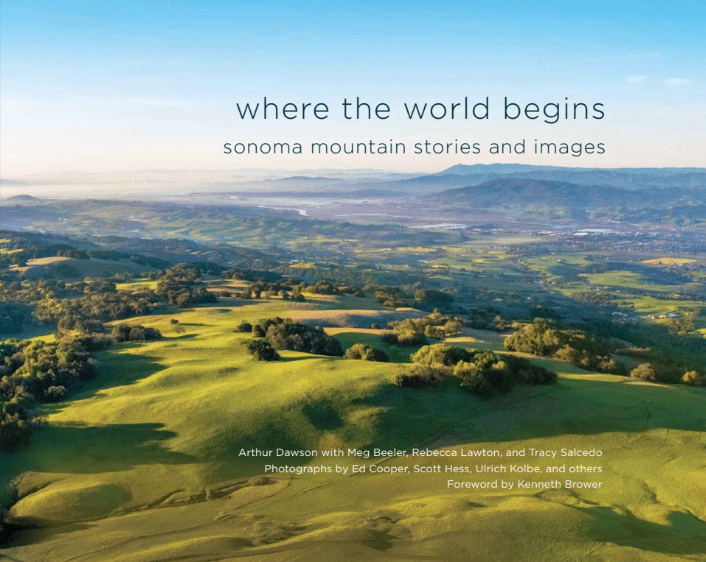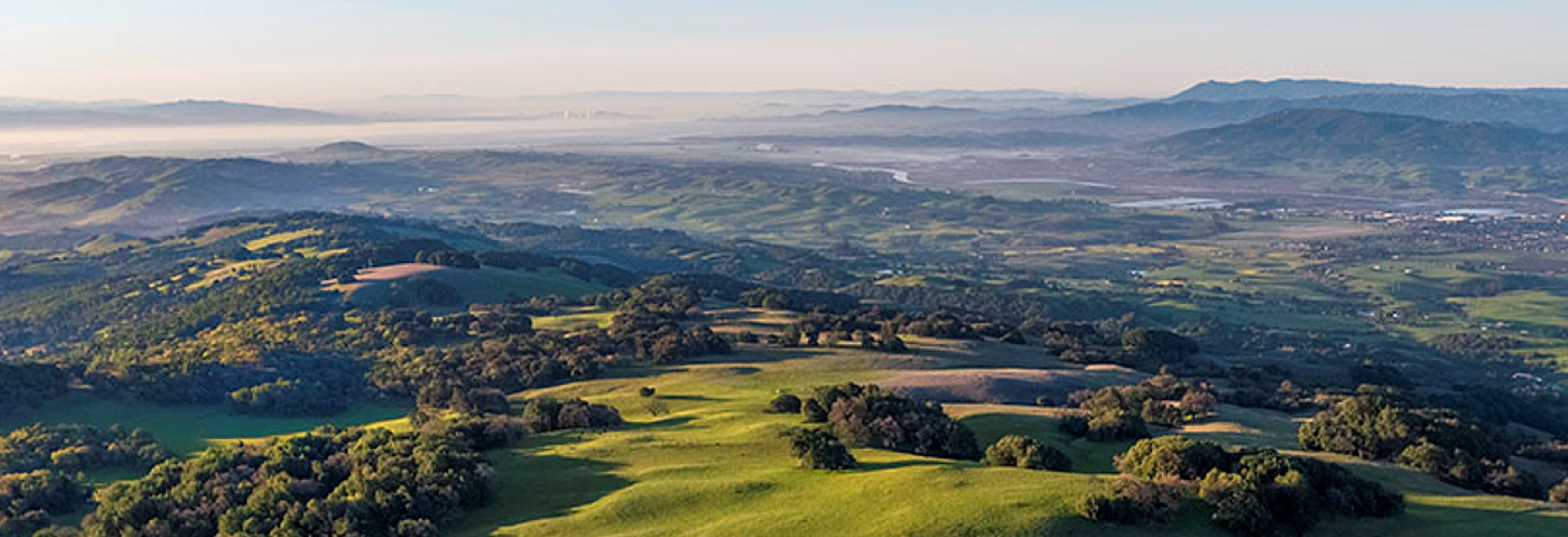 Oak woodlands are a defining feature of Sonoma Mountain’s landscape and ecosystem. However, since the mid-1990s, these woodlands have faced a critical threat: Phytophthora ramorum, the pathogen responsible for Sudden Oak Death (SOD). Fortunately, we can take action with citizen science.
Oak woodlands are a defining feature of Sonoma Mountain’s landscape and ecosystem. However, since the mid-1990s, these woodlands have faced a critical threat: Phytophthora ramorum, the pathogen responsible for Sudden Oak Death (SOD). Fortunately, we can take action with citizen science.
Sonoma Mountain Preservation and Sonoma State University’s Center for Environmental Inquiry (CEI) invites you to join this year’s Sudden Oak Death Bioblitz at Fairfield Osborn Preserve this Sunday, May 10th. The preserve holds historical significance as the site of Sonoma County’s first confirmed case of Sudden Oak Death in 2001. Unfortunately, this destructive pathogen has continued to spread, killing off oaks, tanoaks, and several species of endangered manzanitas, leaving behind brittle, gray branches where shady groves once offered refuge to wildlife—and to wanderers like us.
The hands-on event provides an opportunity to contribute to critical scientific research while exploring the landscape we aim to protect. Participants will learn how to recognize signs of SOD, collect vital samples, and contribute data to statewide monitoring efforts.
If you can’t attend the event at Fairfield, consider joining the bioblitz at Galbreath Preserve, also hosted by CEI, on May 9th. Both events are part of a statewide initiative led by UC Berkeley’s Forest Pathology and Mycology Lab, aimed at tracking and combating SOD through public involvement. Samples brought in will be tested and results collated and entered in a database that will form the basis for further action to be taken throughout the state.
Even outside formal events, you can help. Order free SOD testing kits to sample trees on your property or in your neighborhood. Your contributions help scientists map infection patterns and develop effective mitigation strategies. Click here to order the kits, where you will also find the training video and links to other SOD bioblitzes in Occidental.
While there is no cure yet, researchers across California are actively working to find one. In the meantime, there are measures that can help slow its spread and reduce its impact— with help from citizen scientists and events like these bioblitzes. Citizen science empowers us to protect the places we love while contributing to long-term solutions.
Here are those links one more time:
Fairfield Osborn Preserve Bioblitz
Galbreath Preserve Bioblitz
Order your free SOD testing kit



